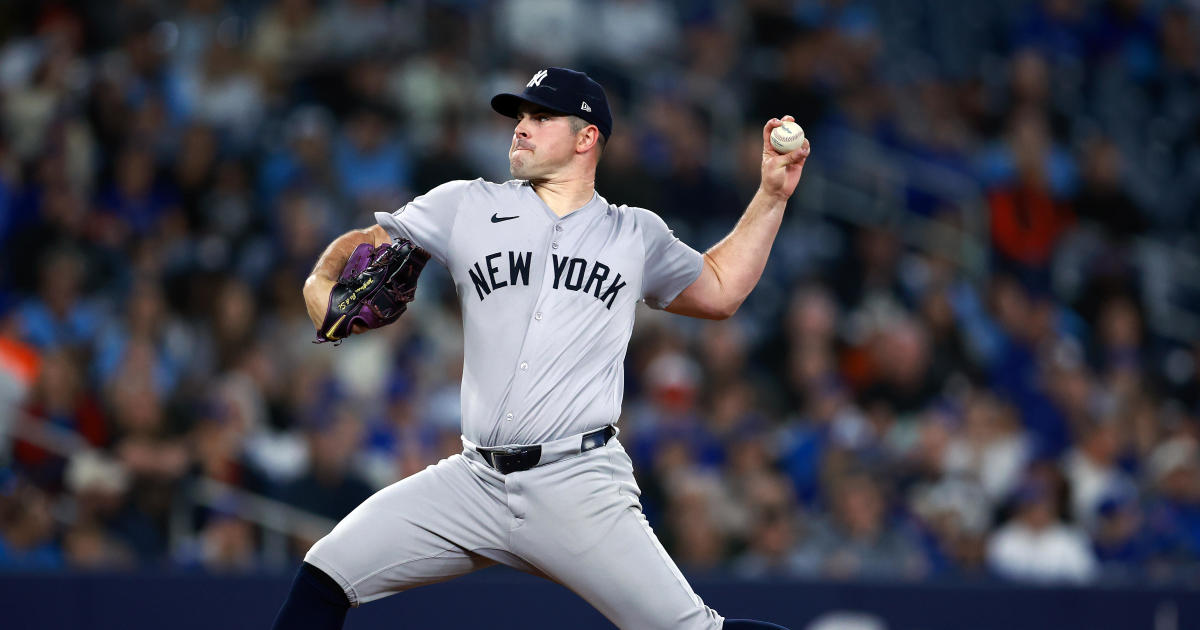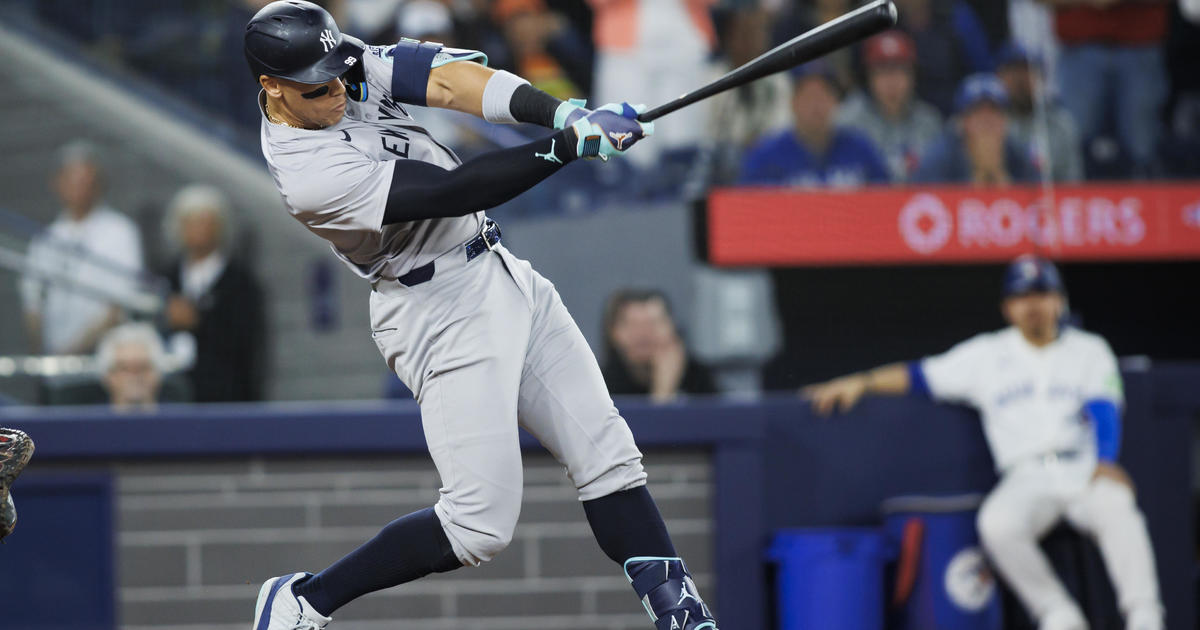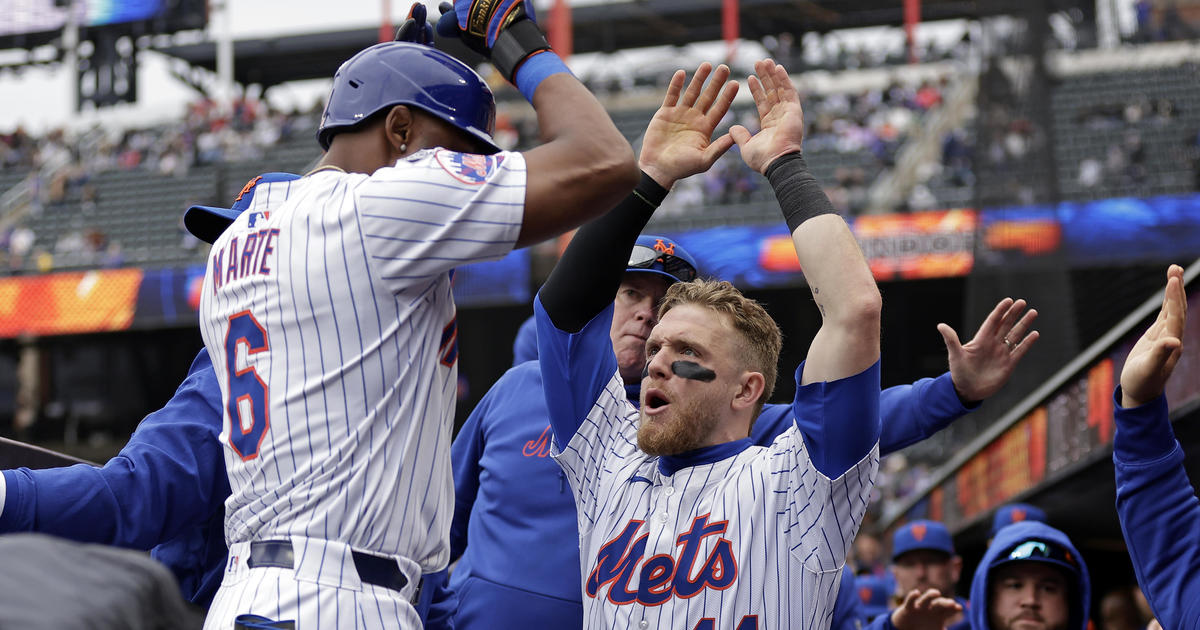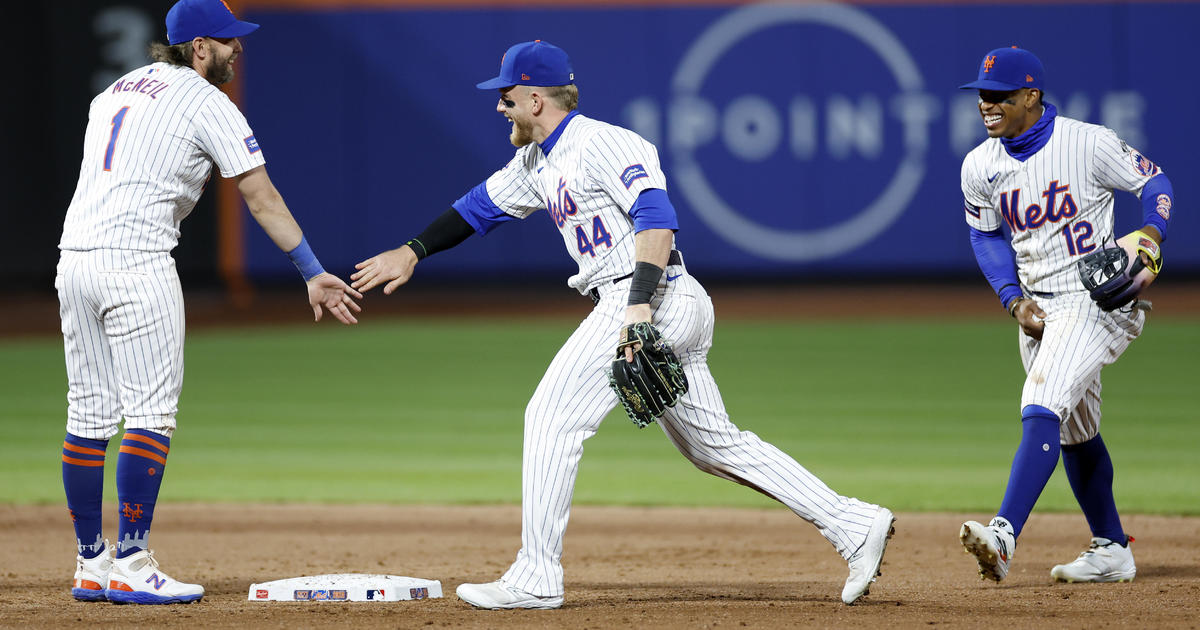Kallas Remarks: Breaking Down Yankees -Tigers Game 3 -- Is A-Rod Done?
By Steve Kallas
» More Columns
There was a lot going on during the Tigers 5-4 win over the Yankees Monday night in Detroit. We'll start with the inability of Alex Rodriguez (and others) to get a big hit and then get to the strike zone and bunting. Let's take a look at these factors in a key playoff game.
IS A-ROD DONE?
Well, as an excellent player, Alex Rodriguez is not done. But he's done being A-ROD. That is, with nagging injuries all of the time, the 50-home run years are behind him. During the Texas years, A-Rod admitted doing steroids because of the "pressure" of the big contract he signed. While it's hard to believe that he stopped doing them when he came to New York (you don't really think that the pressure lessened when he became a Yankee, do you? Neither do I.), his production the last few seasons has gone down.
His 54 homer, 156 RBI year as a Yankee (2007) is also a thing of the past. The problem for A-Rod, forward-looking, will be his ability to stay on the field AND be productive on a high level. If you look at the numbers, that's going to be a hard thing to do.
After missing only one game (out of 486) as a superstar in his three years in Texas, A-Rod never played less than 154 games a season in his first four years as a Yankee.
But that was then, this is now. His last four years as a Yankee include games-played totals of 138 (2008), 124 (2009), 137 (2010) and 99 (2011). The fantastic 30 homer, 100 RBI per season streak (saved in 2009 by that final game of the season explosion (two homers, seven RBIs to get to exactly 30-100)) ended this year (16 homers, 62 RBIs) at an amazing 13 seasons.
His batting average has fallen off these last few years, going from .314 (2007) to .302 (2008) to .286 (2009) to .270 (2010) to .276 (2011). His OBP has gone from between .392 and .422 (2007-09) to .341 in 2010 and .362 in 2011.
You get the point.
While he correctly was applauded in 2009 for his great post-season production (.455 in the ALDS against Minnesota and .429 in the ALCS against the Angels), he hit .250 against the Phillies in the World Series (but with a .423 OBP and six RBIs).
In 2010, he hit .273 (with a .308 OBP) against Minnesota in the ALDS and he hit .190 (with a .320 OBP) against Texas in the ALDS.
This year, through only three games against Detroit (i.e., maybe it will improve), A-Rod is 0-10 with a .231 OBP (of course, specifically in Game 3, it wasn't just A-Rod, as Cano, Teixeira and Nick Swisher went a combined 0-12).
Alex Rodriguez now seems a lock to eventually retire with a sub-.300 batting average, something that seemed impossible just a few short years ago.
The point of all of this is that, while he will remain a productive player, he will not be the superstar he once was, especially since he will be 37 during next season. Given his contract, this will be a blow to the Yankees in the future.
It will be hard, but not impossible, for the Yankees to come back from 2-1 down in a best-of-five. But the longer view for the Yankees is not a great one either.
We'll just have to wait and see what happens.
THE STRIKE ZONE
Home plate umpire Gerry Davis had a small strike zone. C C Sabathia really got squeezed on a number of occasions, so much so that manager Joe Girardi, in an unusual move, actually questioned Davis's strike zone on national TV during the game, a very rare occurrence. Sabathia, to his credit, didn't use it as an excuse. But it was certainly there.
You can argue that the strike zone was tiny just by the fact that Sabathia, who had not walked more than five guys in any of his 34 starts this year, walked five before the third inning was over. Frankly, it was a combination of not having command (probably because of the weird three days that both starters had, starting Game 1 on Friday night, both throwing pitch counts in the 20s and then coming back to start on Monday night) and the small zone.
But it was more than that. Even with a small zone to begin with, Davis squeezed Sabathia all night. An excellent example would be the first pitch to Sabathia-killer Ramon Santiago in the bottom of the fifth. A back door breaking ball that was a strike was called a ball by Davis. Throwing to a hitter 1-0 is a lot different than throwing to a hitter 0-1. While Sabathia threw a decent pitch down and in, Santiago crushed it for a huge run-scoring double.
If you take this stuff seriously, compare that first pitch to Santiago with Justin Verlander's 2-2 pitch to Nick Swisher with two out in the top of the fifth (A-Rod running from first on the pitch). The same pitch (back door breaking ball but, of course, on the other side of the plate for the righty Verlander), not even as good as C C's to Santiago, was called strike three by Davis. Inning over.
The problem, of course, with the back door breaking ball is that, often-times (like the Verlander pitch to Swisher), the ball leaves the pitcher's hand outside of the strike zone. It breaks towards the plate outside of the strike zone. It crosses the plate outside of the strike zone. But the catcher catches it inside the strike zone (but past home plate, i.e., a ball) and the umpire calls it a strike. Swisher out, Santiago, ball one.
Never underestimate how a ball-strike call can change a game.
Indeed Verlander, hanging out for eight innings (as opposed to Sabathia's 5.1), actually got a few gifts later in the game from Gerry Davis. The first pitch to Curtis Granderson in the top of the 8th was a ball, called a strike by Davis. Worse, later in the 8th inning, the 0-2 pitch to Robinson Cano, certainly high, was called strike three by Davis, especially bizarre since, generally-speaking, borderline 0-2 pitches are called balls. Cano was shocked as he walked back to the dugout.
Again, a strike zone of an umpire can determine a game, even if people think (whether true or not) that it's the "same" for both teams.
BUNTING
Killed by the sabermetrics guys for years, nobody quite understands the bunt in the modern game. It is used much less than it used to be. As a result, it becomes a much harder play for the defense to make.
Even announcers have trouble with the actual implementation of the bunt. For example, John Smoltz, on TBS, spoke numerous times about the fact that, with a man on first and second and a batter who is likely to bunt, you want to bunt so that the third baseman fields the ball. While that's a general truism, the reality is it depends on the situation. For example, in a sacrifice situation for the Tigers in the bottom of the third, it might actually have been better to bunt down the first base line.
Why? Well, look at the situation. You have a big left-handed pitcher (Sabathia) falling off the mound towards third base. You have an excellent fielding first baseman (Mark Teixeira), but he's right-handed. The difficulty of a righty (as opposed to a lefty) first baseman throwing to third on a bunt is obvious.
Again, you have to have a feel for a specific bunt in a specific situation. That became obvious a couple of innings later when defensive replacement Don Kelly dragged a bunt past the falling-off-towards-third Sabathia to beat it out for a base hit (he then scored on a Jhonny Peralta double).
Bunting, the most misunderstood offensive weapon in today's game, shouldn't be governed by statistical analysis. Rather, it's a feel thing, with an individual analysis necessary that includes the bunter's ability to bunt, the speed of the runner, whether the pitcher is righty or lefty and a number of other variables.
A lot more goes into the decision to bunt or not to bunt than one would think when looking at the play.
For example, in Game 2, down four runs, Joe Girardi inexplicably decided to pinch hit Eric Chavez for Brett Gardner. With runners on first and second, and down four, Girardi's explanation for the change was nonsensical. He wanted someone with pop, someone who could hit a homer and get the Yankees three runs. But I've never heard of a manager doing that DOWN FOUR with only two runners on. If you can tie up the game or go ahead, THAT'S when you use a power guy. Suppose Gardner just went up and bunted (for a hit). Either you THEN bring the tying run to the plate or, if Gardner gets thrown out, you have two runners in scoring position and can make it a game with a bloop single (forget that Chavez looked like a Little Leaguer and struck out on three pitches).
If you saw Gardner's OK bunt for a hit in Game 3 (top of the third), you know what I mean. And, despite what you hear, Gardner is an average to slightly above-average bunter at best. But his great speed gives him the ability to beat out OK (as opposed to excellent) bunts. That's a valuable weapon in today's game. It should have been used in Game 2.
With Brett Gardner's speed, coupled with the fact that he had a huge hit in Game 1 (and, eventually, a huge hit in Game 3), it was ridiculous to take him out of the game in Game 2. He should have been allowed to hit and, maybe, to bunt. It never happened, of course.
What are your thoughts on A-Rod and the Yankees? Let us know in the comments below…



